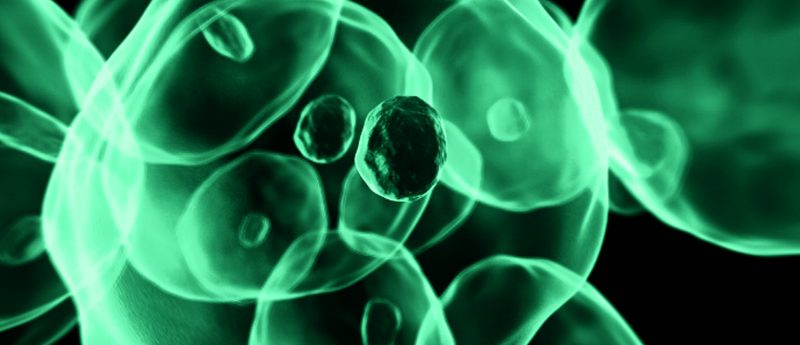Research shines a new light on gene expression in stem cells

New research provides a better understanding of the mechanisms regulating gene expression in embryonic stem cells.
Researchers from Turku University (Turku, Finland) have discovered that POLR3G may play an important role in the self-renewal of stem cells. The research was recently published in Stem Cell Reports.
Embryonic stem cells have a unique ability to form all the cell and tissue types in an adult human body. The mechanisms that control this ability have been the target of active research, as stem cells are expected to be an important tool in future medicine.
“Our results provide new insights into the mechanisms of how POLR3G gene regulates stem cell state, which in turn sheds light on the complex mechanisms with which human embryonic stem cells both self-renew and maintain the ability to differentiate. The results point to indirect genomic regulatory mechanisms which are important for embryonic stem cells and maintain gene expression,” commented study senior researcher Riikka Lund and academy professor Riitta Lahesmaa (both Turku University)
In the research it was found that POLR3G regulates self-renewal and pluripotency. The findings suggest a previously unreported mechanism for coordinated regulation of protein synthesis and mitochondrial biogenesis.
Stem cell research is one of the key research areas in modern medicine. One of the most important applications of the research is to relate it to disease diagnostics and treatment. For example, one of the goals of stem cell research is to develop methods for the replacement of damaged tissues in the future.
The current research provides a greater insight into the self-renewal of stem cells. Further understanding is needed for stem cells to be effectively and safely utilized in medical applications in the future.
Sources: Lund RJ, Rahkonen N, Malonzo M et al. RNA Polymerase III Subunit POLR3G Regulates Specific Subsets of PolyA+ and SmallRNA Transcriptomes and Splicing in Human Pluripotent Stem Cells. 8(5):1442-1454 (2017); https://www.utu.fi/en/news/new…